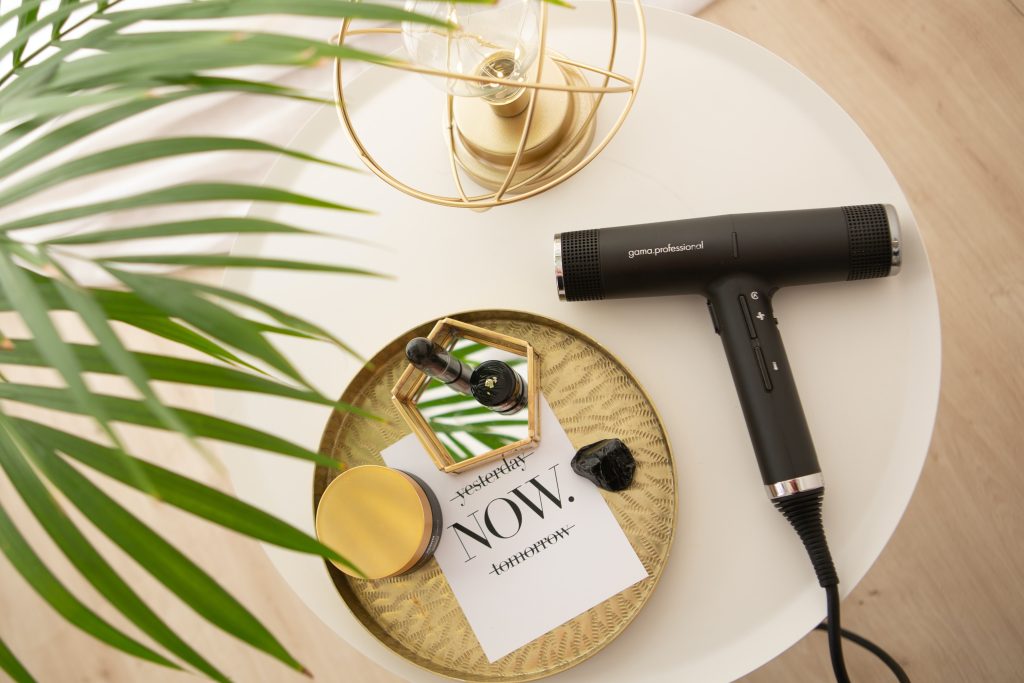A butane blow torch combusts gases and produces burning flames cut metal. Blowtorches are used in welding and plumbing. The most gadget thing in a kitchen is a blowtorch used to cook and beautify delicious meals.
Making of a blowtorch
First of all, acetylene, butane, propane and oxidizer are mixed in proper proportions. The oxidizer and reducer are in separate cylinders in liquid form, and they act as a positive and negative charge. The cylinders have pressure regulators that control the pressure in the cylinder and the feeding hose of the gas.High-Pressure regulators check the pressure in the tank while low-pressure regulators control the gas and pressure. The hose attaches to the cylinders and torch, made of rubber. There are two needle valves on the torch head that control the flow of the fuel and oxygen gas to the tip of the torch head, where the reaction occurs. An igniter is required to light up the torch.
USES
- Loosening a rusty bolt with a butane blow torch can be easily done. Don’t overheat it; heat it enough and let the bolt cool. As the bolt cools suddenly, it will contract suddenly, and the bolt will loosen.
- Many homes have copper pipes for plumbing systems. When you need to make repairs, you will need to solder the joints. Brazing is great for jewellery repairs. Heat the metals together at the joint and use a brazing filler rod on the hot metal to adhere them together.
- The ends of the copper pipe are cleaned with sandpaper and then apply soldering flux.
- A butane blow torch can easily bend a piece of steel.
- Clamp the steel piece on a strong non-flammable metal work surface. Heat the piece just below where you want your bend to begin.
- Don’t touch the flame to the wires; use the hot air beyond the tip of the flame and watch as the tube shrinks around the wire.
- The electrical connection tights as it gets cooled off.
Blowtorches are of various types based on refillable cylinders, non-slip handle grips and flame control. Safety is paramount when working with naked flames. The butane blow torch is lit first before getting it near the food. Ensure there is no flammable material such as alcohol nearby, and place food on a metal tray before blowtorching.
Advantages
Torches have advantages in vast areas. The few uses are listed:
- Torches are used in various medical instruments, such as blood analyzers in the medical industry.
- Torches and flame heaters are used in the creation of jewellery. Torches used in jewellery making are often fueled by butane, propane, and a mixture of propane and oxygen.
- Butane torches have a variety of applications in the manufacturing industry including drying air and sterilization.
Working of blowtorches
A blowtorch comprises a fuel gas cylinder, oxygen cylinder, gas regulators, connecting hoses, torch and a welding tip with an igniter.
Gas regulators change fuel to oxygen ratio in the fuel-air mixture and run the torch because they act as the engine of torches.
These regulators are responsible for maintaining the intensity of the blowtorch flame.
Propane & Butane Blow torches; Similarities and Differences:
Similarities
They both are stored under high pressure and shoot larger flames. They both are widely used and considered as best sellers. They are also known as liquified petroleum gas. They both are organic gases and belong to the family of hydrocarbons.
Differences
One of the main differences between them is their design. Butane has a flat open torch end, while propane torches have a curvy end. The next difference between the two comes in the strength of the flame. A propane torch comes with a larger tank and thus has a stronger flame than a butane. A butane torch is used for daily operations, while propane ones are used for commercial operations such as welding.
One final difference between propane and butane torches is the maximum temperature they reach. Butane reaches a maximum temperature of 2400 degrees Fahrenheit while propane reaches 3600 degrees Fahrenheit
Safety tips while working with protective equipment
Eye protection is arguably the most crucial piece of protective equipment while welding since slag burns can heal regardless of your method. When working with electric-based welding units, welding gloves provide insulation against electrical shock and protection from slag burns and spatter.
Conclusion
This article discussed blowtorches, how to make a blowtorch, uses of torches, advantages and working of blowtorches. In the end, blow torches highlighted safety tips while working with equipment. Overall, butane blow torches outweigh its disadvantages.
